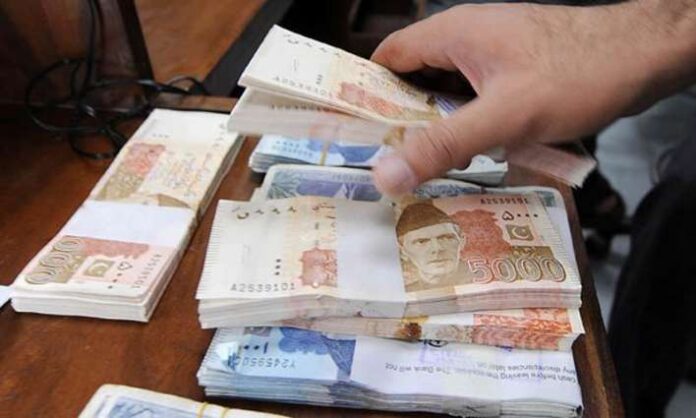The total financing needs of Pakistan were estimated at 51.2 per cent of Gross Domestic Product (GDP) in 2020 in the semi-annual Fiscal Monitor of the International Monetary Fund (IMF), entitled “Policies to help citizens during the Covid-19 pandemic.”
This forecast differs considerably with the figure cited in the April 2020 staff report posted to the IMF website entitled “Demand for purchase under the Rapid Financing Instrument” where gross financing needs are projected at 32.4 per cent of GDP for the current year.
Consequently, Pakistan’s financing needs are strong and are likely to remain strong throughout the current pandemic as well as after the pandemic subsidies and the 39-month Extended Fund Facility of the IMF is again operational.
The pandemic has identified severe dearth in the health sector in Pakistan although previous and current administrations have recognized severe deficiencies in other social sectors including education and physical infrastructure sectors including roads and electricity. Resource shortages have been and continue to be cited as the main obstacle to meeting the challenges faced by those deficient sectors.
Given the IMF’s assessment that Pakistan’s debt is sustainable as a result of extending the debt maturity, one potential way to address the funding needs required to develop low-cost infrastructure will be by issuing longer tenor infrastructure bonds directly to the public.
In the view of private-sector investors, market players would like to lock down their investment in guaranteed fixed-income instruments, especially at the moment as there is a perception on the market that the discount rate may fall further – from 9% to a projected 7% before the end of the current fiscal year on 30 June 2020.
They also claim that many of the country’s savings today are deposited in non-productive national savings centers adding that if the bond problem is regulated, a lot of NSS funds will transfer into infrastructure bonds. Therefore, given our heavy financing needs, it would be advisable for the government to further explore cheap financing instruments of longer tenors, especially during and up to 24 months after the pandemic subsides.



